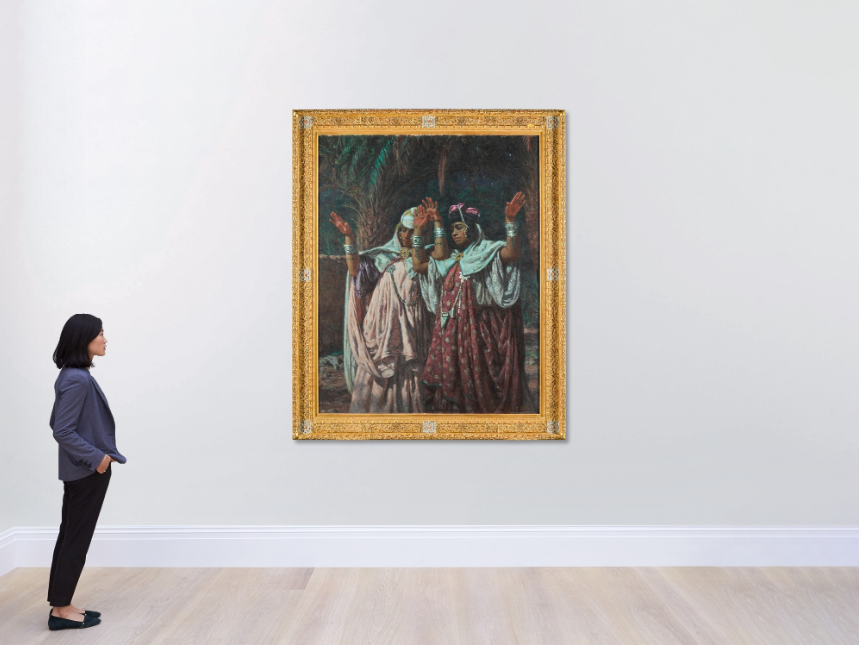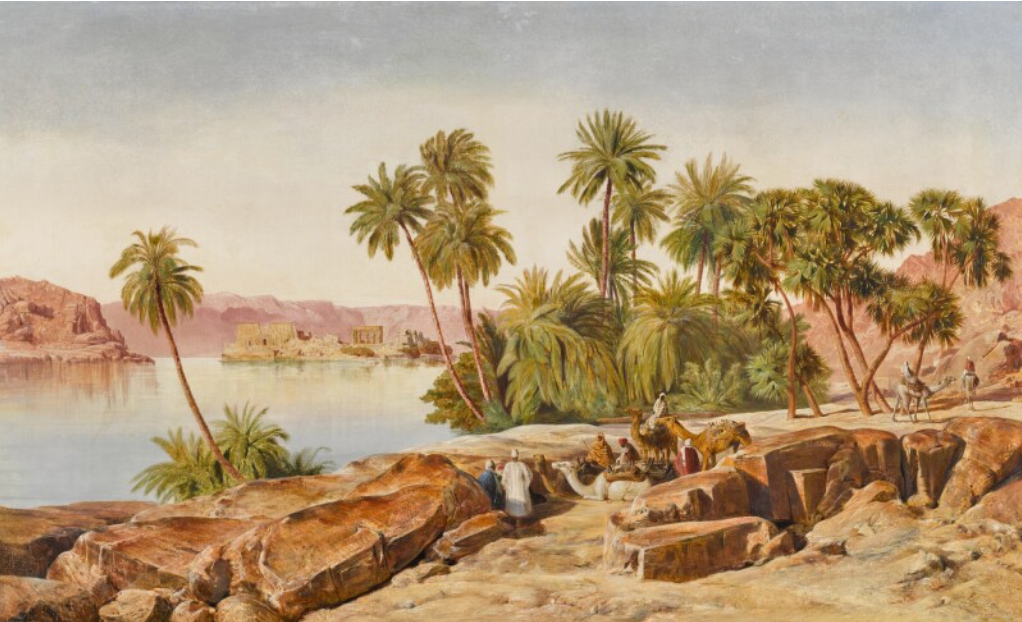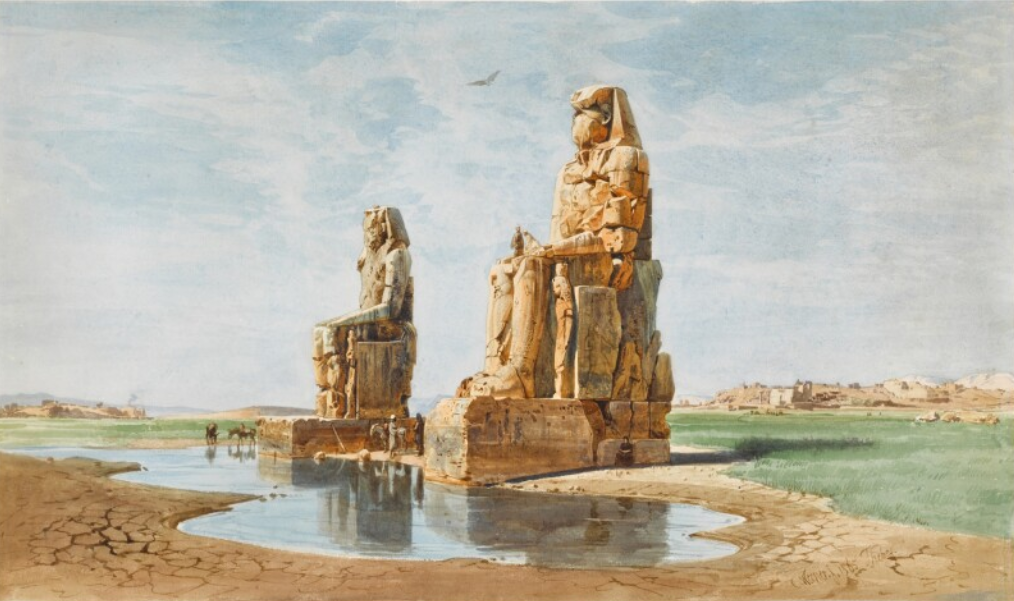The Orientalist Sale brings together paintings representing the landscapes, people and cultures of North Africa, Egypt, the Levant, Arabia and the Ottoman world during the nineteenth and early twentieth centuries. Highlights from this sale include paintings by renowned artists Nasreddine (Etienne) Dinet, Jacques Majorelle, Edward Lear and Franz Roubaud.
Sotheby’s Orientalist Sale 24 Oct 2023 •12:00 PM •London


Orientalism in Art
Orientalism is an art movement that focuses on the depiction of the Middle East, Asia, and North Africa. It emerged in the 19th century, during a period of European imperialism and colonialism in these regions. Orientalist art often depicts these regions in a stereotypical and exotic light, emphasizing their differences from Europe.
Some of the most famous Orientalist artists include Jean-Léon Gérôme, Eugène Delacroix, and Frederick Leighton. Their paintings often depicted scenes of harems, bazaars, and desert landscapes. They also depicted the people of these regions in a stereotypical way, often showing them as being lazy, sensual, and exotic.
Orientalist art was criticized by some for its stereotypical and exotic depictions. However, it was also popular with many Europeans, who were fascinated by the Middle East, Asia, and North Africa.
Orientalist art today
Orientalist art is still relevant today. It can be found in museums around the world, and it continues to influence popular culture. However, it is important to be aware of the stereotypes and biases that are often present in Orientalist art.
When viewing Orientalist art, it is important to consider the following:
- The historical context in which it was created: Orientalist art emerged during a period of European imperialism and colonialism. This is important to keep in mind when interpreting the art, as it may reflect the racist and colonialist attitudes of the time.
- The artist’s perspective: Orientalist artists were often European men who were visiting or living in the Middle East, Asia, or North Africa. They may have had a limited understanding of the cultures they were depicting, and their work may reflect their own biases and prejudices.
- The subject matter: Orientalist art often depicts stereotypes of the Middle East, Asia, and North Africa. It is important to be aware of these stereotypes and to question the way that they represent the people and cultures of these regions.
Orientalist art can be a valuable tool for learning about the history and culture of the Middle East, Asia, and North Africa. However, it is important to be critical of the art and to be aware of the stereotypes and biases that it may contain.
Shayne Heffernan









